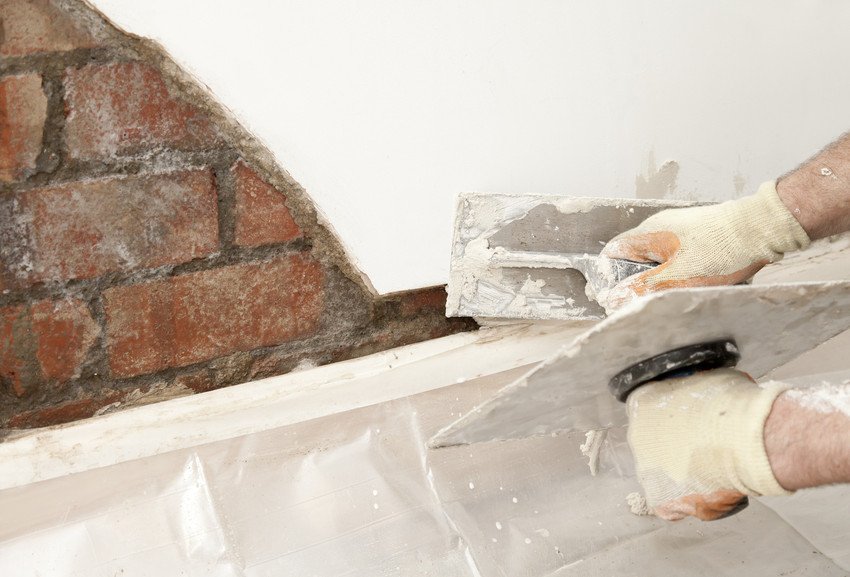Dampness has always been present in properties.
Nowadays it seems it is considered a threat to owners – an enemy when we buy or sell properties, especially if they are period properties. But is dampness really a threat?
In my experience, dampness seems to be a threat mainly because people don’t clearly understand its nature.
- Where does it come from?
- How is it formed?
- How does it spread?
- How can we deal with it?
Naturally, when theproblem is misunderstood and misidentified, it cannot be treated appropriately. In many cases I’ve seen older properties suffering from dampness AFTER having been trewated (for example having a new DPC injected), but because of a lack of knowledge or care, very basic conditions have not been properly checked.
Leaking gutters, high external ground levels, rainwater collected in building corners… these can still cause the same problem.
Often, property owners and occupants can exacerbate the situation. There is no ‘treatment’ that will sort the issue out if the occupants don’t open the windows, keep the heating low, let too much vapour in the room and switch extractor fans off.
Insufficient ventilation or heating, a bad ‘door closing strategy’ or a faulty extractor fan can create just as big a problem as a cold wall surface or a leaking pipe.
Sometimes however, the cause of the dampness is actually much more complex than the above examples.
Penetrating damp, rising damp and condensation…
more often than not, these three main categories of
dampness are interlinked, affecting each other and
causing complex problems in the property.
The UK has a massive building stock of properties built in the Georgian, Victorian, Edwardian era; these building structures are meant to breathe. The vapour must be able to pass through the structure, reducing the
risk of dampness. So it is important to understand that when we do any renovation work or treat dampness, using impermeable layers like sand-cement renders, gypsum plasters, polystyrene insulations or even some
‘anti-damp’ paints on the walls, we reduce the vapour permeability of the walls and as such, we increase the risk that the moisture will be trapped in the structure and cause further dampness. In order to fully understand the problem, it’s essential that the dampness in an old property is assessed accurately. Otherwise, what appears to be a quick and easy solution is ultimately meaningless or potentially even harmful to the property.

